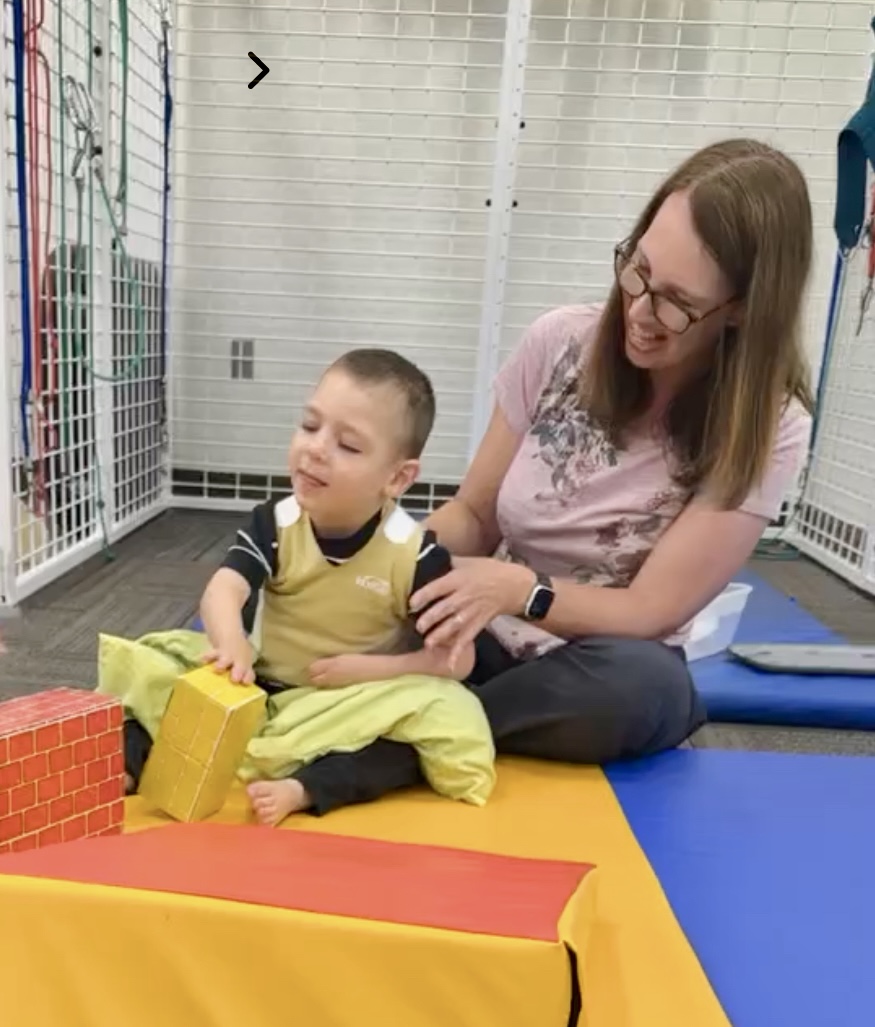

- Call 908 543 4390
- Email
- Dr.Joni Redlich PT,DPT


What does torticollis look like? A child will tilt their ear towards the shoulder and will turn to the opposite direction. A child with left torticollis will tilt their head to the left and prefer to look to the right. A child with right torticollis will tilt their head to the right and prefer to […]
The child in utero is curled up tight to fit in such a tight space. If a baby’s neck is tilted, it is visually obvious to the parent and pediatrician. If they have asymmetry elsewhere the observations may be more subtle. It may be harder to put one arm in the onesie, the child may prefer to play with toys on one side, or the child may crawl with one leg dragging behind. Read more
A week ago today I sat on the floor crying because I couldn’t find a position to get up that wasn’t excruciating. As a physical therapist it is inevitable that the professional will at some point become the patient. I’ve been there several times before. Once for a whiplash injury, another time for chronic vertigo and a third time for a shoulder problem. My last pregnancy I had a lot of pain in my back, pelvis and legs. There were many times that I could barely walk and trying to work through this was rough. I almost passed out one time from excruciating pain while walking in a store. Advice from my OB and physical therapist friends didn’t help. After several months I found a chiropractor that gave me some relief, but I was dependent on my visits and it was expensive. Read more
I spent the day watching the faces of children light up as they received their new bikes. Their parents were also filled with joy for their children and were so grateful for the donations that led to free therapeutic bikes for their child. These children were all different ages and had various special needs. Read more
I am asked about flat feet all the time. I’ve even gotten our OTs in the habit of looking at their client’s feet. Over and over again parents take their child to the orthopedic surgeon and ask about orthotics for their child’s flat feet. Each time the physician says no. The orthotic will not change anything. You are wasting your money. Flat feet don’t cause pain. My orthopedic books all say the same thing. Read more
If you have a child who has difficulty with social skills and I asked you what kind of therapy could help your child develop these skills, what would you say?
I can guarantee physical therapy wouldn’t be on that list. Not even on the bottom of the list. Read more
Trunk or core strengthening is a need for children of various diagnoses, including coordination disorders, low tone, cerebral palsy and Down syndrome. In fact most child with developmental differences regardless of diagnosis will benefit from strengthening to the trunk muscles. Read more
An NDT-based session will have a session goal that is a mini-version of a short-term goal. The sequence of the session is to elongate and align body structures and then activate movement patterns for a functional skill. The idea is that in order to achieve a functional goal, such as crawling, walking or jumping, certain movement patterns need to be coordinated. Muscles and coordinated movement can occur best when the body is properly aligned. The mini-goal is broken down into movement patterns that have to occur for that action to occur. Read more
NDT is a problem-solving approach used by physical therapists, occupational therapists, and speech and language pathologists to improve the abilities of child and adults with nervous system pathologies face during their daily lives. It is not a prescribed series of techniques, but a dynamic approach to planning and implementing treatment. Read more

